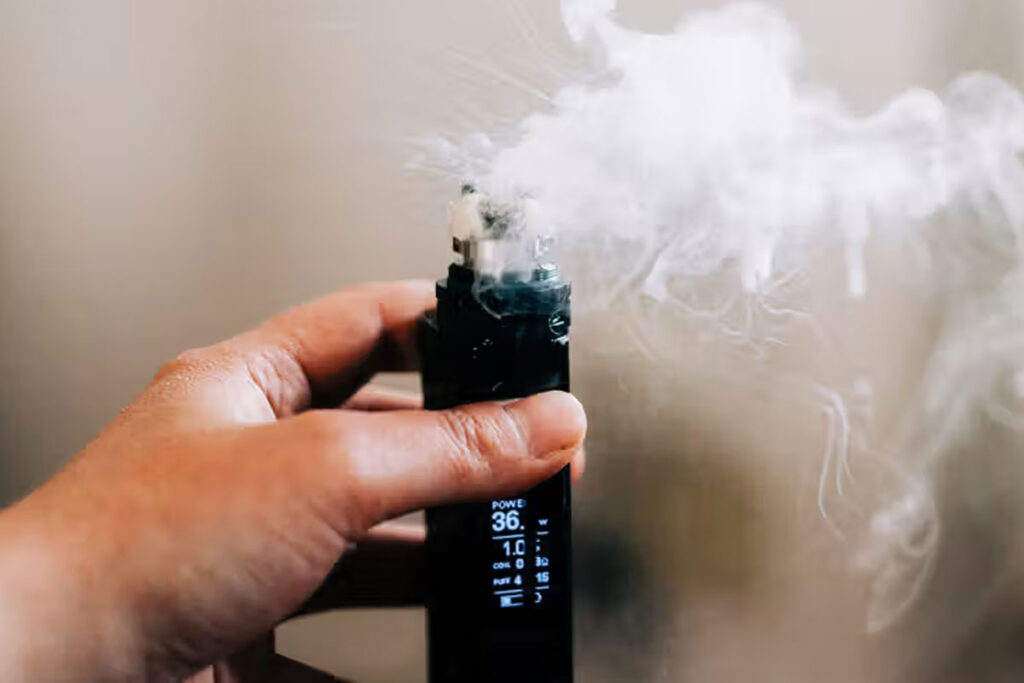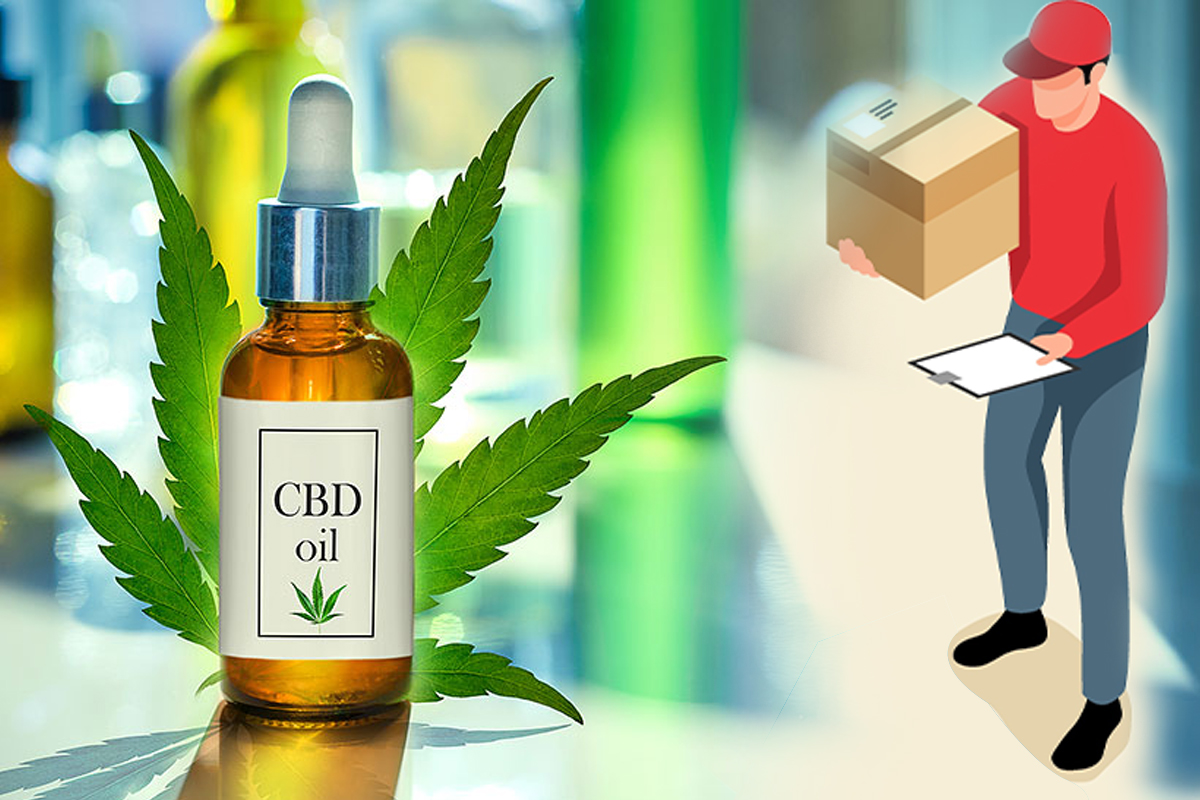What Chemicals Are in Vapes? A Detailed Examination of E-Cigarette Ingredients
Vaping has rapidly gained popularity as an alternative to traditional smoking. Yet, understanding what chemicals are in vapes is essential to evaluating their safety. This article provides a comprehensive look at vape composition—from the ingredients found in e‑liquids to the toxic byproducts generated during vaporization—and examines the associated health risks, current regulations, and future research directions. Data from authoritative sources such as the CDC, NCBI, and Johns Hopkins Medicine supports our discussion.
Understanding Vaping and Its Popularity

E-cigarettes work by heating an e‑liquid to produce an aerosol that users inhale. While many assume that vapes emit only “water vapor” and nicotine, the reality is more complex. The question, what chemicals are in vapes, covers the base ingredients, additives, and the chemicals produced when these liquids are heated. This article explains the chemistry behind vaping, the potential toxic substances released, and the health implications that follow.
Understanding Vape Composition
The Anatomy of a Vape Device
Vaping devices typically consist of:
- Battery: Powers the device.
- Atomizer (Heating Element): Heats the e‑liquid.
- E-Liquid Container: Holds the e‑liquid.
Not only does the e‑liquid determine the chemical profile, but the device’s materials (e.g., metal coils) may also contribute trace amounts of heavy metals to the aerosol.
E-Liquid Essentials
E‑liquids generally comprise about 95% of a blend of:
- Propylene Glycol (PG)
- Vegetable Glycerin (VG)
The remaining 5% includes:
- Nicotine: The addictive component.
- Flavoring Agents: Such as diacetyl, acetoin, and benzaldehyde, which create the desired taste.
Although PG and VG are safe for ingestion, heating them can trigger chemical reactions that form additional toxic compounds. This addresses the core query—what chemicals are in vapes—by highlighting both the ingredients and their transformation during use.
Chemical Transformation During Heating
When the e‑liquid is heated, reactions like oxidation and pyrolysis occur, producing byproducts such as:
- Formaldehyde
- Acetaldehyde
- Acrolein
These carbonyl compounds are known respiratory irritants. Their formation depends on device settings—“dry puff” conditions (when the coil overheats) can significantly elevate their levels
The Main Ingredients in Vapes
Base Chemicals: Propylene Glycol and Vegetable Glycerin
- Propylene Glycol (PG):
Used for its ability to carry flavor and provide a strong throat hit. However, when heated, PG may degrade into compounds like propylene oxide—a potential carcinogen. - Vegetable Glycerin (VG):
Contributes to the dense vapor clouds and smooth inhalation. Under high temperatures, VG can also break down into toxic aldehydes.
Both PG and VG are safe for oral consumption, but their inhalation—especially after heating—introduces additional risks, illustrating a key aspect of what chemicals are in vapes.
Nicotine: The Addictive Component
Nicotine is added to e‑liquids in various concentrations. Although nicotine is not classified as a direct carcinogen, it:
- Drives addiction.
- May promote tumor growth indirectly by stimulating cell proliferation and angiogenesis.
Nicotine’s role is central to the discussion of what chemicals are in vapes and explains why vaping remains habit-forming despite being marketed as a smoking cessation aid.
Flavoring Agents and Additives
Flavorings are diverse and vary widely among manufacturers. Common additives include:
- Diacetyl and Acetyl Propionyl:
Linked to “popcorn lung” (bronchiolitis obliterans), these chemicals have raised significant concerns. - Benzaldehyde:
Often used for cherry or almond flavors; it can irritate the respiratory tract. - Complex Mixtures:
Proprietary flavor blends may decompose during heating to produce volatile organic compounds (VOCs) and other hazardous substances.
These additives are a critical part of what chemicals are in vapes – flavorings and additives, contributing both to the sensory experience and potential toxic exposures.
Toxic Byproducts and Hazardous Substances
Formation of Harmful Carbonyl Compounds
Heating the e‑liquid can convert PG, VG, and flavorings into harmful substances:
- Formaldehyde:
A known carcinogen that can form when coils overheat. Under extreme conditions, its levels can approach those found in cigarette smoke. - Acetaldehyde and Acrolein:
Both are produced during oxidation and are associated with respiratory irritation and inflammation.
These chemicals are central to understanding what chemicals are in vapes once the liquid is vaporized.
Heavy Metals in Vape Aerosols
Vaping devices can also introduce heavy metals into the aerosol:
- Nickel, Lead, Cadmium, Chromium:
These may leach from the metal components (e.g., coils, solder joints) of the device. Although typically lower than levels found in cigarette smoke, their presence is still concerning over long-term exposure. - Nanoparticles:
Emerging research indicates that ultra-fine metal particles can be inhaled, potentially contributing to chronic health issues.
Emerging Contaminants
Advanced analytical techniques (like deep learning-based holographic microscopy) have uncovered numerous unidentified volatile compounds in vape aerosols. These findings suggest that there may be many more chemicals—currently uncharacterized—that add to the complex profile of what chemicals are in vapes.
Health Impacts and Safety Considerations
Immediate and Long-Term Health Effects
Acute exposure to vape aerosols can cause:
- Respiratory Irritation:
Coughing, throat irritation, and wheezing. - Inflammatory Responses:
Increased markers of lung inflammation that may contribute to chronic respiratory conditions.
Long-term exposure—although less harmful than cigarette smoke—may raise risks for:
- Chronic Obstructive Pulmonary Disease (COPD)
- Potential Carcinogenesis:
Even low-level exposure to compounds like formaldehyde can be harmful over time, though risk estimates are less than 1% relative to smoking.
Comparing Vaping to Smoking
While vaping generally exposes users to fewer toxicants than cigarette smoke (which contains thousands of harmful chemicals, tar, and carbon monoxide), it is not entirely risk-free:
- Lower Carcinogen Levels:
Vapes contain a smaller number of carcinogens, but substances like formaldehyde and acetaldehyde are still present. - Nicotine Addiction:
The presence of nicotine maintains the risk of addiction and potential progression to smoking in some users.
Understanding what chemicals are in vapes is crucial for making informed harm reduction decisions.
Regulatory Standards and Future Research
Current Regulations and Industry Standards
Regulatory bodies such as the FDA and CDC mandate:
- Manufacturing Standards:
Controlled production of e‑liquids to minimize contamination. - Labeling Requirements:
Disclosure of all ingredients so that consumers know what chemicals are in vapes. - Youth Protection Measures:
Restrictions on sales to minors and bans on certain flavors.
These measures aim to limit harmful exposures while still allowing vaping to be used as a smoking cessation tool.
Future Research and Technological Advances
Research continues to evolve with new methods like deep learning-based holographic microscopy to:
- Characterize Unidentified Compounds:
Revealing the complete spectrum of chemicals in vape aerosols. - Improve Device Safety:
Innovations in device design may reduce the formation of toxic byproducts. - Assess Long-Term Effects:
Epidemiological studies will further clarify the chronic impacts of vaping.
Ongoing studies are essential for fully understanding what chemicals are in vapes and ensuring public health safety.
Frequently Asked Questions
Q1: What are the primary chemicals found in vapes?
A1: The main components include base liquids (propylene glycol and vegetable glycerin), nicotine, and a variety of flavoring agents. Upon heating, these ingredients may form additional harmful byproducts such as formaldehyde, acetaldehyde, and acrolein.
Q2: How is formaldehyde formed in vapes?
A2: Formaldehyde is produced during the thermal degradation of PG and VG when the e‑liquid is overheated, particularly under “dry puff” conditions.
Q3: Are heavy metals present in vape aerosols?
A3: Yes, metals such as nickel, lead, cadmium, and chromium can leach from the heating elements and solder joints, though generally at lower levels than in cigarette smoke.
Q4: What health risks are associated with vaping?
A4: Vaping can cause respiratory irritation and inflammation. Long-term exposure may increase the risk of chronic lung diseases and, to a lesser degree, cancer compared to traditional cigarettes.
Q5: How do regulators monitor what chemicals are in vapes?
A5: Agencies like the FDA and CDC enforce strict manufacturing and labeling standards and regularly test vape products for known toxicants, including nicotine, carbonyls, and heavy metals.
Q6: Is vaping completely safe?
A6: No. Although vaping is generally less harmful than smoking cigarettes, it is not risk-free. More research is needed to understand the long-term health impacts fully.
Conclusion
The question what chemicals are in vapes encompasses a complex mix of base ingredients, additives, and thermally generated byproducts. E‑liquids are primarily composed of propylene glycol and vegetable glycerin, with nicotine and various flavorings making up the rest. When heated, these substances can produce harmful chemicals such as formaldehyde, acetaldehyde, and acrolein, in addition to trace amounts of heavy metals from the device components. Although vaping exposes users to fewer toxins than cigarette smoke, it still carries health risks, particularly with long-term use.









i like monkeys
[…] said, for adult smokers trying to quit, switching to vaping can reduce exposure to many of the harmful chemicals found in tobacco smoke. Understanding how much nicotine is in a vape helps users gauge their […]